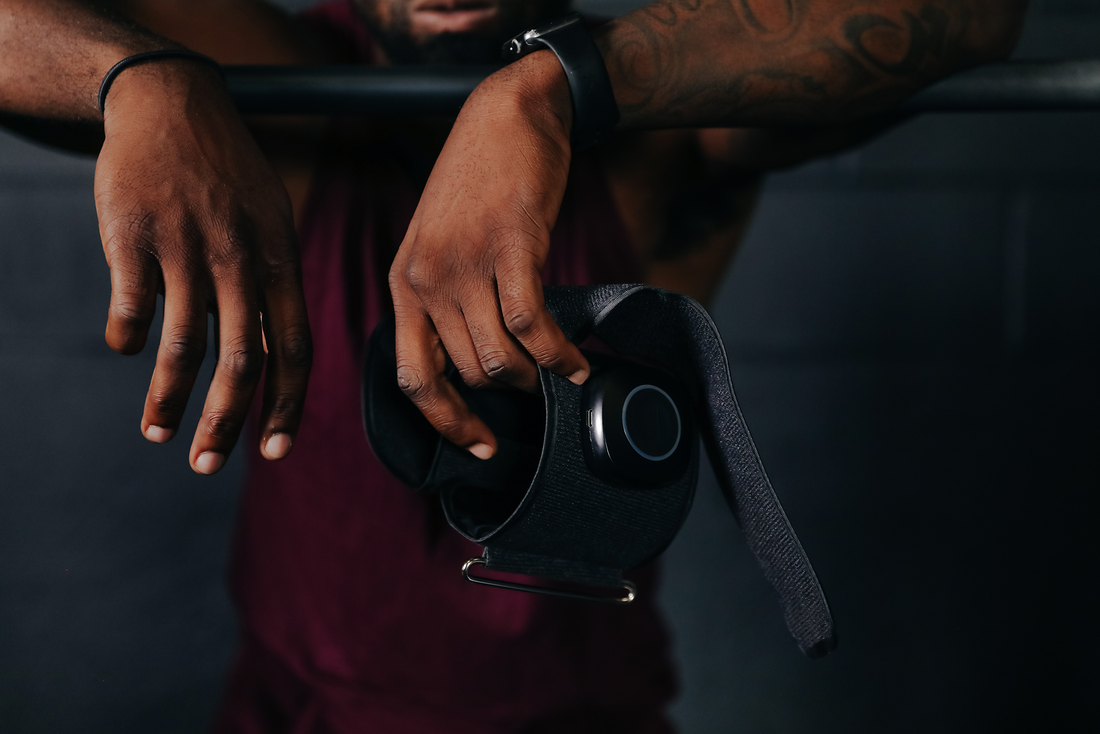How to quickly improve aerobic fitness with Blood Flow Restriction Training
Aerobic fitness is paramount when it comes to assessing overall physical fitness. To build and maintain aerobic fitness, a general rule is that we must exercise at a vigorous or maximal intensity – which as any fitness enthusiast can attest to, training at maximal intensity is a pretty tough effort, especially when you already have a good aerobic base to build from.
Amongst its many advantages, one of the lesser-known benefits of Blood Flow Restriction is its ability to improve aerobic capacity.
What is aerobic fitness and why does it matter?
Before we explore the mechanism of VO2 and BFR, let’s get a quick refresher on what is aerobic fitness, or VO2?
When we measure VO2, we are assessing two things:
- The body’s ability to supply oxygen to the working muscle.
- The muscle’s ability to use the oxygen and generate energy to perform the exercise.
Our body’s response to aerobic activity is to immediately increase the amount of blood pumped by the heart per contraction (this is known as stroke volume) and the number of beats it performs per minute (another term for this is heart rate). Both an increased stroke volume and heart rate help our body to deliver oxygen to our muscles during exercise.
How does BFR help improve our VO2?
When we use Blood Flow Restriction and perform aerobic exercise, we are increasing the stress on our body, specifically the cardiovascular and blood pressure systems. We are also reducing the body’s available oxygen and forcing it to become more efficient in consuming oxygen and turning it into energy. Over time the consistent use of blood flow restriction with aerobic exercise will improve our maximal aerobic capacity.
Does that mean I should use BFR with vigorous exercise?
Actually no!
Unlike traditional guidelines, which tell us that to build aerobic capacity, we must work at a vigorous intensity (i.e. heart rate of 70% or more), exercising with BFR should be performed at a low-intensity (as little as 30% HR) and for as little as 10-15 minutes. Research also supports the use of BFR with low intensity exercise – studies examining the use of BFR with vigorous exercise shows that there are no additional benefits beyond those already gained from exercising at a low intensity.
The Workout
5 minutes on: 1 minute rest with the cuffs deflated
Repeat 4 times
Intensity: 30 – 35% Max Heart Rate
Equipment List
When it comes to BFR and Aerobic Training, it really is a choose your own adventure. We recommend:
- Rower
- Stationary bike
- Treadmill – walking or a light jog
- Ski ergometer
BFR Guide
Occlusion Pressure:
- Lower Limb Occlusion Pressure: 40 – 50%
- Upper Limb Occlusion Pressure: 40%
Whether you are wearing upper or lower limb cuffs will depend on the type of exercise you are performing. For example, for the stationary bike we would recommend applying BFR to your legs.

